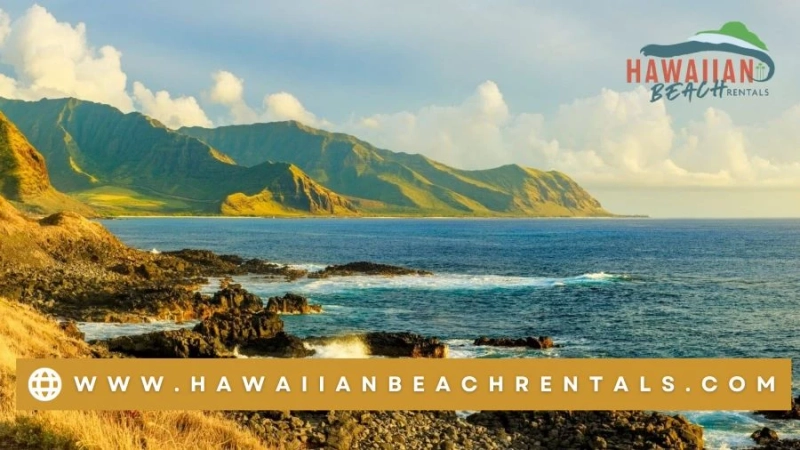With 50 parks spread over its four main islands, Hawaii is already one of the states with the highest concentration of state parks in the nation. That number will increase considerably more very soon.
The stunning Kaiwi shoreline on Oahu, which stretches across the southeast of the island close to Honolulu, is almost ready to become Hawaii's newest state park, the Kaiwi State Scenic Shoreline.
The location is most well-known for its 3.5-mile eponymous loop route, which is a short walk of 1.5 hours and offers some of the island's most tranquil ocean vistas. The Makapuu Lighthouse, which is accessible by a different, more difficult trail nearby, is also located in the soon-to-be park.
What Makes a State Park?
The Kaiwi shoreline has witnessed consistent, heavy tourist for decades, much like many, if not most, of Hawaii's stunning outdoor attractions. Once again, this has resulted in an ecological toll that local authorities and locals are becoming increasingly concerned about.
Because it is widely believed to be the first location on the island where Native Hawaiians set foot on, the location is particularly significant in Hawaiian culture. Arrivals still happen here today, but they're of a different kind: rental cars zooming over dunes to locate parking near the beach, and partygoers throwing rubbish around the site, maybe without realising, stepping on long-lost artefacts.
What Is the Plan?
Increasing public awareness of the shoreline's significance and vulnerability while bolstering staffing and protection are the main goals of designating it as a state park. There would undoubtedly be upcoming adjustments in the not too distant future. These could include a parking fee system and/or an admission price, similar to the ones that have recently been put in place around the islands.
What makes this idea more notable is what Senator Chris Lee, the bill's introducer, refers to as "explicit language," which states that the park will be "managed in its wild and natural state." The park will be "preserved as it is naturally forever," according to Lee. We do not yet know exactly how that unending defence will manifest itself in reality. One noteworthy aspect of the law is that it contains plans for further development of the park.
What's to come?
As of this writing, the Board of Land and Natural Resources' approval is the only significant obstacle standing in the way of the proposed park's realization.
After the ratification, there won't probably be any significant changes in the near future. As you get closer to the shore, don't expect steel barricades to shoot out of the ground. The official classification as a state park is a change that makes it possible to put additional safeguards and procedures in place.
In the coming weeks and months, parking and reservation fees at the newly designated Kaiwi State Scenic Shoreline are probably going to be mandatory. It's likely that staffing will rise as well, which would have a number of implications. Hopefully, the park will get improved upkeep and cleanliness. State park regulations would also apply, and they would be more thoroughly enforced.
In the end, this is an effort to preserve better and safeguard one of Oahu's most picturesque locations. More concrete questions, including how long the changeover will take and how much the park will expand over the next few years, will become clearer with time.


